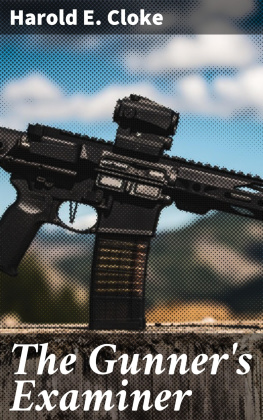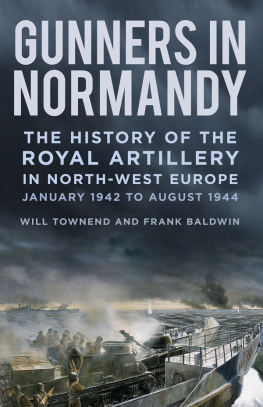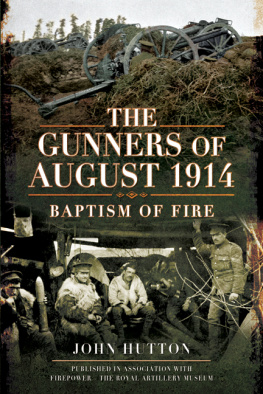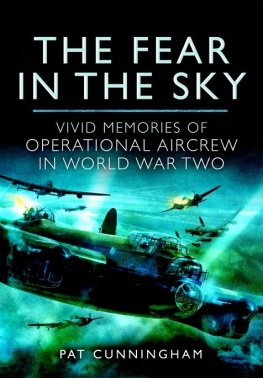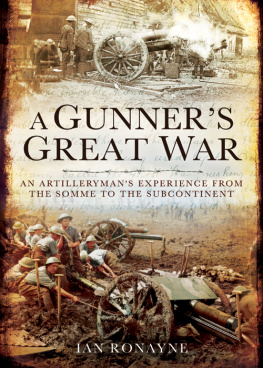First published in
Great Britain in 2009
By Pen and Sword Aviation
An imprint of
Pen and Sword Books Ltd
47 Church Street,
Barnsley,
South Yorkshire
S70 2AS
Copyright Alan W. Cooper 2009
9781783409143
The right of Alan W. Cooper to be identified as the Author of this Work has been asserted by him in accordance with the Copyright, Designs and Patents Act 1988.
A CIP record for this book is available from the British Library
All rights reserved. No part of this book may be reproduced or transmitted in any form or by any means, electronic or mechanical including photocopying, recording or by any information storage and retrieval system, without permission from the Publisher in writing.
Typeset in 10/12pt Palatino
by Mac Style, Beverley, E. Yorkshire
Printed and bound in Great Britain
by CPI UK
Pen and Sword Books Lieutenantd incorporates the imprints of Pen and Sword Aviation, Pen and Sword Maritime, Pen and Sword Military, Wharncliffe Local History, Pen and Sword Select, Pen and Sword Military Classics and Leo Cooper.
For a complete list of Pen & Sword titles please contact
PEN & SWORD BOOKS LIMITED
47 Church Street, Barnsley, South Yorkshire, S70 2AS, England
E-mail: enquiries@pen-and-sword.co.uk
Website: www.pen-and-sword.co.uk
Dedication
T his book is dedicated to all air gunners who so ably manned the turrets; their efforts, dedication and courage must never be forgotten. When it came to awards they were always at the back of the class or at the bottom of the heap but without them the aircraft could not have taken off, the lives of the rest of the crew lay in their hands and we shall never know how many aircraft returned because of the alertness and diligence of their air gunners.
The cost in loss of life was immense, in Bomber Command alone 7,000 air gunners perished. War Grave cemeteries all over Europe have many white War Graves headstones with the inscription Air Gunner. The majority were young men whose life ended when they were in the prime of youth.
We, today, owe so much to these young men who lived life to the full.
WE WILL REMEMBER THEM.
Acknowledgements
Norman Storey
Jack Catford DFC
Johnny Johnson Biggs DFC
Ian Blair DFM
Mike Henry DFC
Mike Smith
Peter Smith
Freddie Brown
W.T. Clark
J.Keating
K.R. Walker
Tony Burcher DFM
His Excellency Glafcos Clerides of Cyprus
R. Mayers
Pam Cruikshank
Mike King
Bob Baxter -Bomber Command website
R.W. Walker
E.E. Barnes
Art de Breyyne
D. Stallard
Robert Scott
Mrs J. Dodson
Jim Bigelow
B.R. Lillywhite
F/Lt G.G. Graham DFC, AE RAF Retd
F.G. Beauvoisin
G. Oakley
S.J. Willis
F. Allworth
Tammy Simpson DFC
E.L. Kightley
A.G. Peake
Len Moore
Bert Fitchett
Pete Skinner
R.E. Bowman
Art Sewel
Elizabeth Ellis
Percy Walder
E. Reynolds
P. Allen
S. Johnston
A. Robb CGM
Don Brinkhurst
Clare Hardy
Tony Winser
W. (Bill) Pingle
Majorie Little
A.E. Gregory
A. Medforth
Mrs A.M. Duffin
B. Freestone
Peter Twinn DFC
Len Manning
James Flowers
Eddie Edmonds
N. Didwell
Tom Maxwell DFC
Jimmy Flynn
Warren Radley
Albert Dickson
R. Downs
Russell Brown
J. Brown
Sdn Ldr K.R.Lusty Retd
Jimmy Wright DFC
J. Maddison
F. Stead
Ian Hunter
W. (Mo) Mowbray
George Cannon
Wg Cdr Joe Skinner DFC*
E. Phillips
Clive Bowles
Rick Pearson
James Savage JP
Wg Cdr B. Lewis AFC
P. Rivkin
P.H. Kilisker
G. Gillard DFM
S. Versey
E. Phillips
A.F.C. Smith
C.F. Scandrett
M. Smith
N.E. Richardson TAGS Association
National Archives Kew
Air Historical Branch Graham Day
Air Gunners Association
Air Gunners Association (London Branch)
Tom Hale
Arthur Fowler
W.R. Hughes
Stan Reed
W. Wynn
J. Key
Ron Powers
L. Jealous
Roland Hammersley DFM
Len Bowman DFM
Ron Shargool
Ron Tyler
Mervyn Brown
Lynn Reed
T.R. Bennett
S. Johnston
A. More AFC
F. Flood
P.C. Price
P. Morrey
Mike Jackson
N.A. Davies MBE
J.A. Anderson
Sources
Last Flight for Tommy Harry Bowman
Air Gunner Mike Henry DFC
No Place to Hide George (Ole) Olson
Great Mysteries of the Air Ralph Barker
Footprints On The Sands Of Time Oliver Clutton-Brock.
The Poems We Wrote An Anthology of Air Force Poems Compiled and edited by Eddy A. Coward.
My thanks go to Michael Maton for permission to use his unpublished book on his father, the late Wg Cdr C.A. Maton DSO.
CHAPTER ONE
The Men who Manned the Turrets
The Introduction of Air Gunners
W hat is an air gunner? A member of an aircrew who operates the guns. The idea of seeking volunteers from the ground crews to fly in the open rear-cockpit as air gunners was conceived in World War I as a means of providing protection from enemy aircraft while flying on scouting missions over enemy lines.
After 1921, with larger aircraft coming into service, wireless operators were trained in air gunnery and wore on their arms the winged-bullet badge, which became known as the Flying-Bullet badge, in addition to their wireless operators badge and was known as the Sports Badge.
Discussions had taken place in 1923 to establish the trade of Air Gunner and to authorise the wearing of a trade badge of a winged bullet in brass and worn on the right sleeve. In 1939 the air gunner brevet was introduced but many of the old hands preferred to keep their Flying-Bullet badge. The new design for an air gunners brevet was submitted in 1938, it was designed by a Group Captain E H Hooper and had thirteen birds feathers but as it was thought to be superstitious Hooper cut one off with nail scissors and the twelve feather air gunner brevet came into being under the Air Ministry Order 547/39 dated 21 December 1939. It was similar to the Observers brevet but with the inclusion of the letters AG in the middle. The RCAF and RAAF brevet was similar although they had RCAF and RAAF below the letters AG.
On 18 December 1939, Air Vice Marshal Arthur Harris, the then AOC of No. 5 Group, sent a memo to Bomber Command HQ stating that operational aircrews should have a higher status than airmen of Non-Operational duties and that aircrew pay should apply to all airmen who had qualified for flying duties. Consequently, on the 29 May 1940 a memo was sent from the Air Ministry to all commands and groups at home and abroad, including the BAFF:



